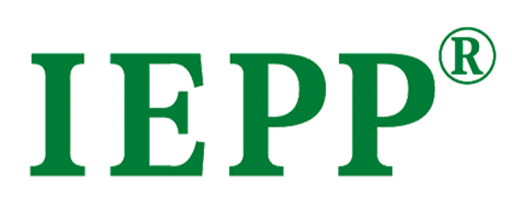How does the dissolved air flotation machine remove the sludge?
If in the process of using the dissolved air flotation equipment, it is found that there is a lot of sludge inside, and many people think that they can add an appropriate amount of lime and ferrous sulfate to clean the sludge inside, then what else can be done besides this method? The way to…
